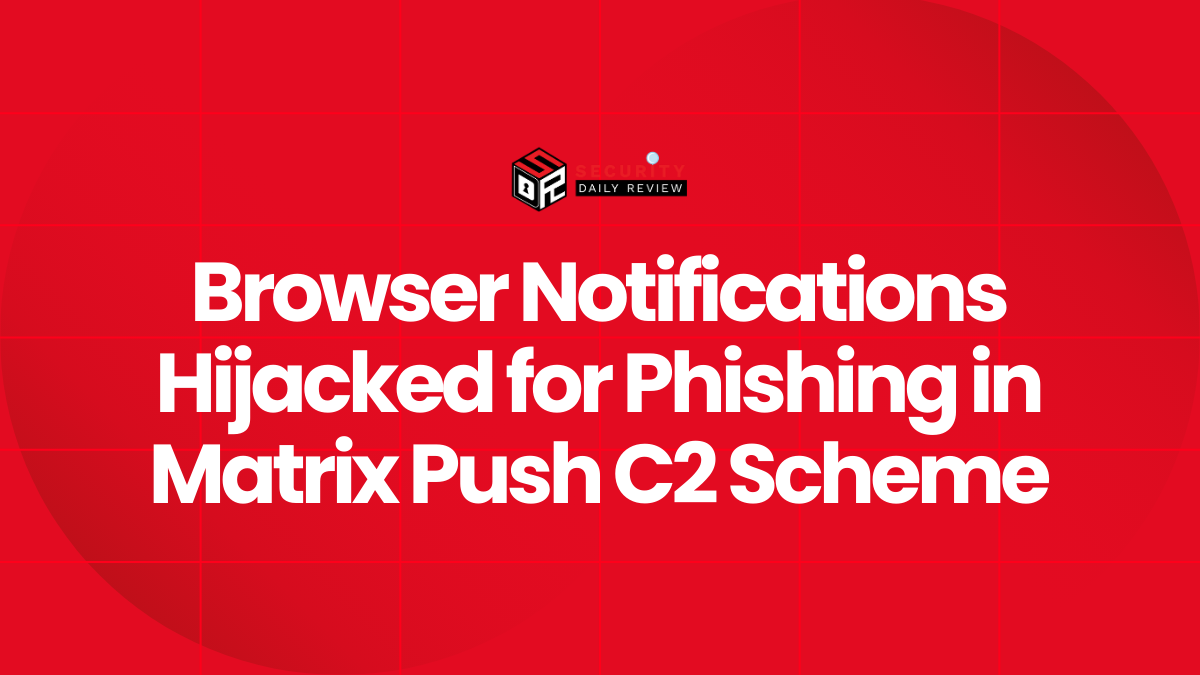Cybersecurity researchers have identified a new command-and-control (C2) platform, Matrix Push C2, that malicious actors are using to exploit browser notifications for phishing attacks. This innovative technique allows attackers to distribute harmful links via browser-native channels without requiring the download of any files.
Matrix Push C2: A Novel Phishing Vector
Matrix Push C2 epitomizes the evolving landscape of cyber threats, focusing on non-traditional methods to reach unsuspecting users. It employs browser notifications as a phishing vector, thereby bypassing typical defenses set up to intercept malicious downloads or email attachments.
How Matrix Push C2 Works
The workings of Matrix Push C2 highlight the creativity and sophistication of modern threat actors:
- Fileless Attacks : By leveraging browser-native features like push notifications, attackers can run operations without leaving traces commonly associated with malware files, bypassing traditional detection mechanisms.
- Cross-Platform Reach : The C2 platform’s ability to operate across operating systems increases its threat level, as it allows attackers to target a broad range of devices, from PCs to smartphones.
- Fake Alerts and Redirects : Users are led to believe they need to act urgently on a notification, which leads to link redirects that potentially lead to malicious outcomes.
Implications Across Operating Systems
The cross-platform nature of Matrix Push C2 is particularly concerning for cybersecurity experts. Since the C2 platform can target various operating systems, the pool of potential victims is significantly expanded, creating a broader impact on global cybersecurity.
Why the Matrix Push C2 Threat Matters
Key reasons this new phishing method demands attention include:
- Increased Sophistication : By leveraging built-in browser features, these attacks can bypass many existing security systems designed to detect traditional phishing tactics.
- User Trust Exploitation : The use of familiar browser notifications tricks users into lowering their guard, thinking the alerts are legitimate.
- Widespread Reach : With attacks capable of targeting both personal and enterprise systems, the potential for widespread data breaches is elevated.
Defensive Measures and Recommendations for Matrix Push C2
To mitigate the risks posed by such phishing campaigns, users and organizations must implement robust defensive strategies:
Strengthening Cybersecurity Posture
Cybersecurity experts recommend the following measures:
- User Education : Continuous user training to recognize phishing tactics and the potential misuse of browser notifications is vital.
- Enhanced Browser Security Settings : Users should adjust their browser settings to limit or block unsolicited notifications from websites not explicitly authorized.
- Advanced Threat Detection Tools : Incorporation of sophisticated threat detection capabilities that can identify and neutralize threats such as fileless attacks should be prioritized.
In conclusion, the emergence of the Matrix Push C2 platform signifies an alarming trend in the cyber threat environment that highlights the need for innovative security solutions and heightened awareness. Browser notifications, once considered benign, now represent a fertile ground for malicious exploitation. As attackers continue to evolve their tactics, staying informed and adaptive is key to safeguarding against these advanced phishing campaigns.









